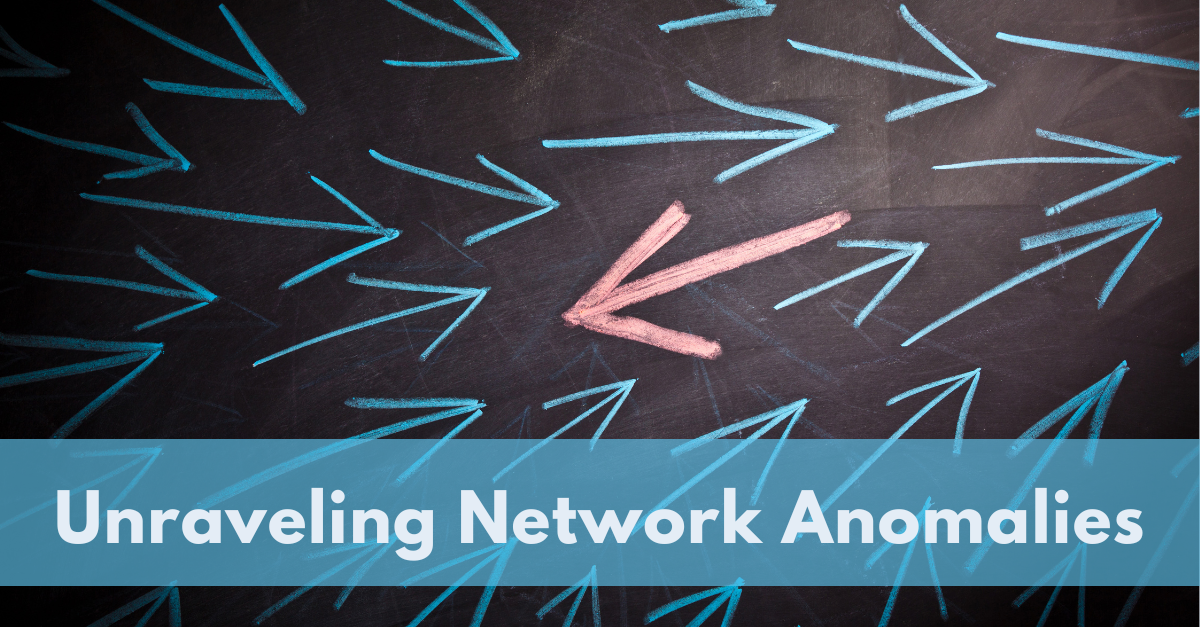2 min read
Right-Sizing Networks for SMBs: Smart Design Without Waste
For small to medium-sized businesses, particularly in biotech, healthcare, and research, funding isn’t always consistent. Grants, third-party...

Network anomalies are deviations from the expected patterns of network traffic. They might manifest as unusual volumes of data, unexpected data types, or deviations in the timing or source of network activity.
Sophisticated machine learning algorithms are employed to categorize network data, learn typical traffic patterns, and flag suspicious activity. Anomaly detection systems continuously monitor network behavior, comparing it against established baselines and identifying unusual events. Human experts often play a role in validating and interpreting these anomalies.
While machine learning excels at processing vast amounts of network data and identifying patterns, human expertise is indispensable for contextual understanding and decision-making. The collaboration between these two elements is crucial for effective network anomaly detection and response.
Machine Learning:This symbiotic relationship ensures that network anomalies are not only detected but also accurately interpreted and addressed in a timely and effective manner.
Combining both approaches ensures a comprehensive network monitoring strategy.
Network anomaly detection is vital for maintaining a healthy and performant network. The combination of machine learning and human expertise allows organizations to proactively identify and address issues, ensuring a seamless user experience and optimizing network resources. At Technium, we have developed Connectivity Intelligence as a service to address today’s assured network connectivity and health needs.

2 min read
For small to medium-sized businesses, particularly in biotech, healthcare, and research, funding isn’t always consistent. Grants, third-party...

Proper network configuration is crucial for safeguarding your business from cyberattacks. Unfortunately, many organizations make critical mistakes...

Managing a network can be a time-consuming process for small businesses. The increasing complexity of networks, coupled with specialized network...